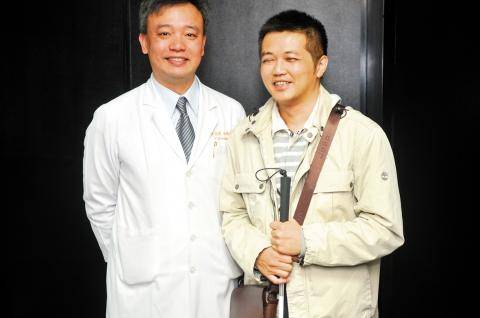ScienceRocks
Democrat all the way!
- Banned
- #1
Gene therapy reverses sight loss and is long-lasting
Good news!!!
A team at Oxford University is treating a rare disorder called choroideremia. The disorder affects young men whose light-detecting cells in the backs of their eyes are dying because they have inherited a faulty gene.
The therapy involves injecting a working copy of the gene into the back of the eyes to help cells regenerate.
The study also indicates that the treatment is long-lasting. The first patient received the therapy four and a half years ago and his treated eye has shown no drop-off in vision. Indeed, there are still slight improvements in his vision in that eye.
Prof MacLaren says that if the next phase of larger trials goes as he anticipates, a gene therapy for choroideremia will be licensed in three years.
He has also begun to develop gene therapy trials to treat more common forms of blindness, such as retinitis pigmentosa and macular degeneration. These could begin as early as next year.
Good news!!!



